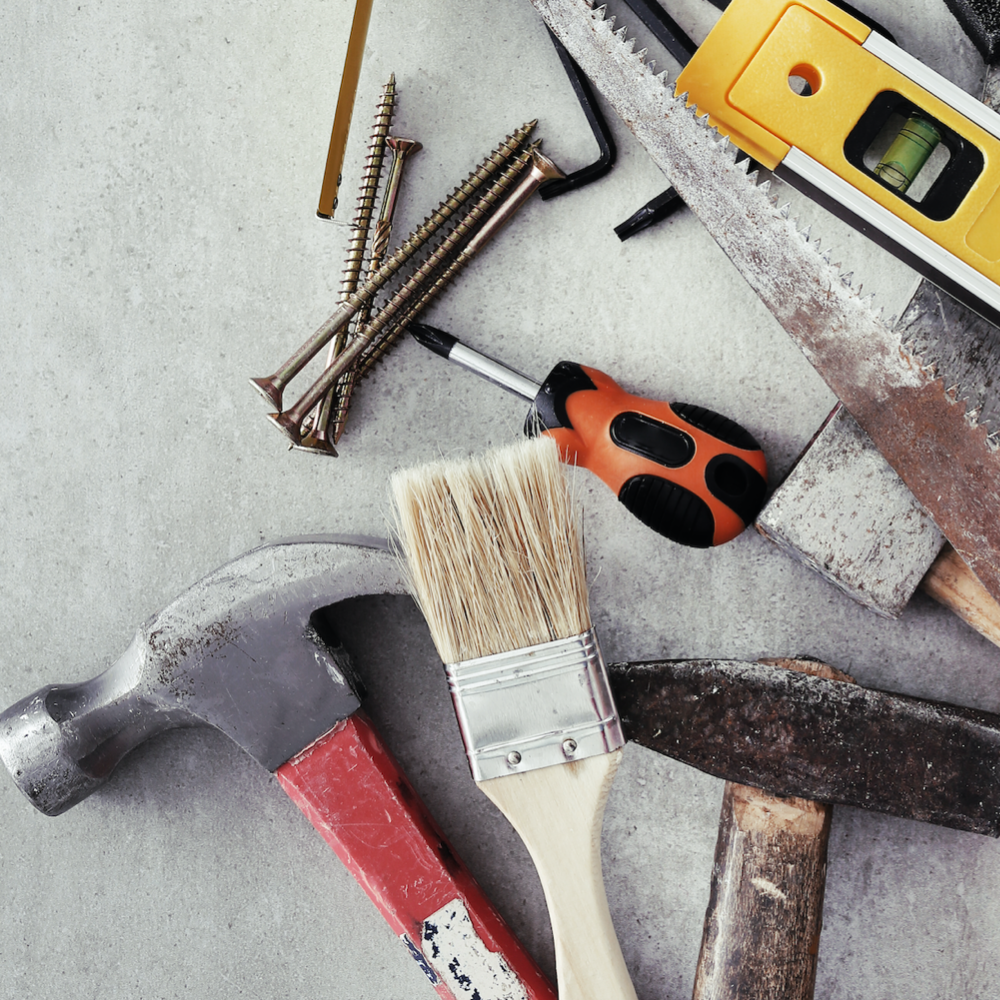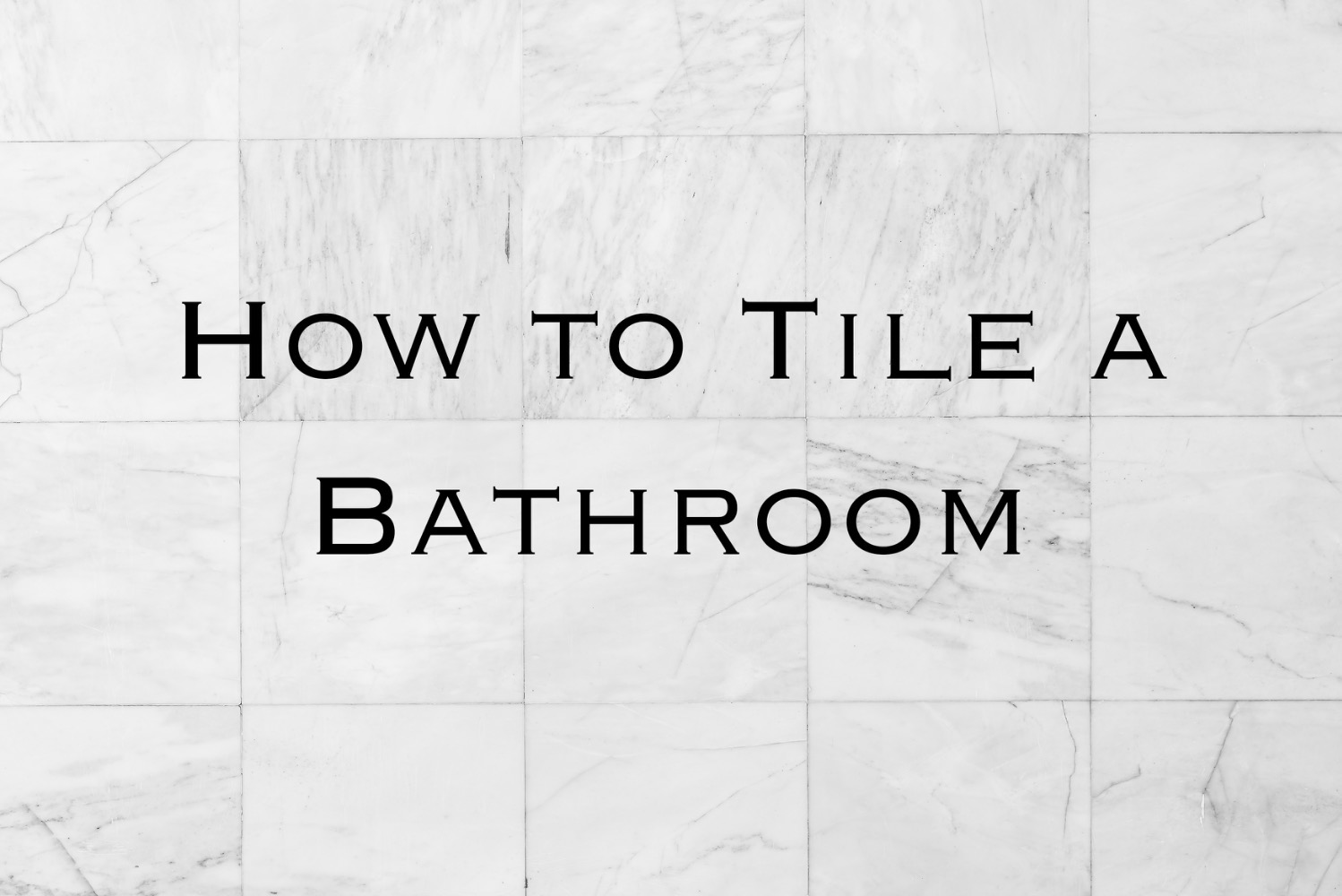
- Events
- Australia Day
- Bastille Day
- Burns Night
- Christmas
- Darts
- Day of the Dead
- Eurovision
- Festivals / Summer
- Halloween
- Halloween Accessories
- Nativity
- Oktoberfest
- Olympics
- Pride
- Red Nose Day
- School Play Costumes
- St Andrew's Day
- St Davids Day
- St Georges / England Supporters
- St Patricks Day
- Six Nations Rugby
- Stag Do
- Summer
- Thanksgiving
- VE Day
- World Book Day
- Adult World Book Day Costumes
- 4th July

- Themes
- Animals
- Around The World
- Book Characters
- British
- Chocolate Factory
- Cops & Robbers
- Cosplay
- DC
- Doctors and Nurses
- Fairytale
- Funny / Novelty
- Gangster
- Harry Potter
- Hawaiian / Summer
- Heroes and Villains
- Historical
- Army, Air Force & Naval
- Mexican Fiesta
- Pick Me Up
- Pink Cowgirl Hat Aesthetic
- Pirates
- Popstars and Celebrities
- Pre Historic
- Religious
- Sexy Costumes
- Sports
- Star Wars
- Steampunk
- Suits
- Tiger King
- TV, Film and Game
- Wild West
- Wizard of Oz
- Wizards & Witches
- 2000s
- 1990s
- 1980s
- 1960s 1970s
- 1950s
- 1940s
- 1920s

- Cosmetics
- Body Crayons
- Eye Liner
- Fabric Paint
- Face & Body Paint
- Face Jewels
- Fake Blood
- FX Fluids
- Glitter Fixatives
- Glitter Gel
- Glitter Shaker
- Hair Colour Spray
- Hair Gel
- Hair Streaks
- Lipgloss
- Lipstick
- Lip Tattoos
- Loose Glitter
- Mascara
- Nail Polish
- Pigment Shakers
- Pro Face Paint Cake Pots
- Scars, Wounds, Prosthetics & FX

- Accessories
- Bandanas & Scarves
- Belts
- Braces
- Capes
- Elf Accessories
- Eye Lashes
- Facial Hair
- Feather Boas
- Glasses
- Gloves
- Guns, Weapons & Swords
- Hats & Headwear
- Hosiery
- Inflatables
- Jewellery
- Masks
- Masquerade Masks
- Nipple Pasties
- Pacifiers
- Props
- Sets & Kits
- Shoe Covers
- Shoes / Boots
- Sleeves
- Teeth
- Ties & Bowties
- Tutus & Underskirts
- Wigs
- Wings & Wands
- Other

- Gifts by Category
- Alternative
- Balloon Dog Sculptures
- Batteries
- Colouring Books
- Decorative Accessories
- Food & Drink
- Fragrance
- Gadgets & Tech
- Gift Sets
- Gifts for the Home
- Homeware
- Jewellery
- Keepsakes
- Knitting Wool
- Life
- Luggage & Suitcases
- Miscellaneous
- Ornaments
- Personalised Gifts
- Puzzle Books
- Puzzles
- Slippers
- Smoking
- Stationery
- Umbrellas
- Vehicle
- Wallets & Purses
- Warmies


-
- Australia Day
- Bastille Day
- Burns Night
- Christmas
- Darts
- Day of the Dead
- Eurovision
- Festivals / Summer
- Halloween
- Halloween Accessories
- Nativity
- Oktoberfest
- Olympics
- Pride
- Red Nose Day
- School Play Costumes
- St Andrew's Day
- St Davids Day
- St Georges / England Supporters
- St Patricks Day
- Six Nations Rugby
- Stag Do
- Summer
- Thanksgiving
- VE Day
- World Book Day
- Adult World Book Day Costumes
- 4th July
-
- Animals
- Around The World
- Book Characters
- British
- Chocolate Factory
- Cops & Robbers
- Cosplay
- DC
- Doctors and Nurses
- Fairytale
- Funny / Novelty
- Gangster
- Harry Potter
- Hawaiian / Summer
- Heroes and Villains
- Historical
- Army, Air Force & Naval
- Mexican Fiesta
- Pick Me Up
- Pink Cowgirl Hat Aesthetic
- Pirates
- Popstars and Celebrities
- Pre Historic
- Religious
- Sexy Costumes
- Sports
- Star Wars
- Steampunk
- Suits
- Tiger King
- TV, Film and Game
- Wild West
- Wizard of Oz
- Wizards & Witches
- 2000s
- 1990s
- 1980s
- 1960s 1970s
- 1950s
- 1940s
- 1920s
-
- Body Crayons
- Eye Liner
- Fabric Paint
- Face & Body Paint
- Face Jewels
- Fake Blood
- FX Fluids
- Glitter Fixatives
- Glitter Gel
- Glitter Shaker
- Hair Colour Spray
- Hair Gel
- Hair Streaks
- Lipgloss
- Lipstick
- Lip Tattoos
- Loose Glitter
- Mascara
- Nail Polish
- Pigment Shakers
- Pro Face Paint Cake Pots
- Scars, Wounds, Prosthetics & FX
-
- Bandanas & Scarves
- Belts
- Braces
- Capes
- Elf Accessories
- Eye Lashes
- Facial Hair
- Feather Boas
- Glasses
- Gloves
- Guns, Weapons & Swords
- Hats & Headwear
- Hosiery
- Inflatables
- Jewellery
- Masks
- Masquerade Masks
- Nipple Pasties
- Pacifiers
- Props
- Sets & Kits
- Shoe Covers
- Shoes / Boots
- Sleeves
- Teeth
- Ties & Bowties
- Tutus & Underskirts
- Wigs
- Wings & Wands
- Other







-
- Alternative
- Balloon Dog Sculptures
- Batteries
- Colouring Books
- Decorative Accessories
- Food & Drink
- Fragrance
- Gadgets & Tech
- Gift Sets
- Gifts for the Home
- Homeware
- Jewellery
- Keepsakes
- Knitting Wool
- Life
- Luggage & Suitcases
- Miscellaneous
- Ornaments
- Personalised Gifts
- Puzzle Books
- Puzzles
- Slippers
- Smoking
- Stationery
- Umbrellas
- Vehicle
- Wallets & Purses
- Warmies

How to Tile a Bathroom: A Step-by-Step Guide
by Darren Butler
Last updated: Jun 13, 2025

Tiling a bathroom can seem like a daunting task, especially if you’ve never done it before. However, with the right tools, materials, and guidance, it is a project that most people can take on themselves. Tiling can completely transform the space, adding both beauty and functionality. Whether you're updating your bathroom floor, shower walls, or even adding a tiled backsplash, this guide will provide you with all the steps you need to know to successfully tile your bathroom. Follow this step-by-step guide to create a professional-looking finish with minimal effort.
Preparing the Bathroom for Tiling
Before you start laying tiles, it’s crucial to prepare the bathroom space thoroughly. Begin by removing any existing tiles, fixtures, or fittings that you don’t want to keep. This might include old taps, radiators, or shower screens. If you're tiling over existing tiles, check that they’re firmly attached and free from cracks. Once all obstructions are cleared, make sure the walls and floors are clean, dry, and free from dust or debris. Any dirt left behind can interfere with the adhesive and cause your tiles to not bond properly.
Next, measure the area you plan to tile. Accurate measurements are essential for determining how many tiles you will need. Most tiles come in standard sizes, but if you're using custom or decorative tiles, make sure to double-check their dimensions. Once you have your measurements, plan your tile layout. It's important to start in the centre of the room or area to ensure that the tiles are symmetrically placed, with even cuts around the edges.

Choosing the Right Tiles and Tools
When selecting tiles, consider both the style and functionality of the material. Ceramic and porcelain tiles are commonly used in bathrooms due to their durability and water resistance. For floors, textured or non-slip tiles are essential to prevent accidents in wet areas. For walls, you might opt for glossy tiles, which are easy to clean and provide a smooth finish. Choose grout that complements your tiles, keeping in mind that grout with a finer texture is easier to clean and maintain.
You'll also need a variety of tools to complete the tiling job. Some of the key tools include a tile cutter or wet saw, tile adhesive, grout, a notched trowel, a level, and a sponge for cleaning grout. A rubber mallet will help you tap tiles into place without damaging them, and a tile spacers will ensure consistent gaps between tiles.

Preparing the Adhesive and Applying It
Once you've gathered your tiles and tools, the next step is to prepare the tile adhesive. Follow the instructions on the adhesive packaging carefully, as preparation can vary depending on the type of adhesive you use. Some adhesives need to be mixed with water, while others come pre-mixed.
Apply the adhesive to the wall or floor using a notched trowel. Start by spreading a small section at a time to ensure the adhesive doesn't dry out before the tiles are set. Hold the trowel at a 45-degree angle and use the flat edge to spread a smooth layer of adhesive. Then, use the notched side to create grooves in the adhesive. The grooves help the adhesive hold the tiles securely in place.

Laying the Tiles
Now comes the fun part: laying the tiles. Start by placing the first tile at the centre of the area, pressing it firmly into the adhesive. Use a tile spacer between each tile to ensure even spacing. Continue working outwards from the centre, laying each tile and tapping it into place with a rubber mallet to ensure a solid bond.
As you work, periodically check that the tiles are level and aligned. This can be done by using a spirit level. You may need to make adjustments before the adhesive sets to maintain a straight, professional-looking finish. Keep working your way around the room, but be mindful of the edges where tiles will need to be cut to fit.

Cutting Tiles to Fit
When you reach the edges or corners of the room, you’ll need to cut tiles to fit. Measure the space where a tile needs to be cut, and then use a tile cutter or wet saw to make the necessary cuts. If you’re cutting ceramic or porcelain tiles, a tile cutter should suffice for straight cuts. For more complex cuts, such as those needed for around pipes or fixtures, a wet saw will give you cleaner results.
Remember to wear safety glasses and gloves when cutting tiles to protect yourself from flying debris and sharp edges.

Grouting the Tiles
Once all the tiles are laid and the adhesive has fully set—usually 24 hours—it’s time to grout. Start by mixing the grout according to the manufacturer’s instructions, then use a rubber float to spread it over the surface of the tiles. Work the grout into the gaps between the tiles, making sure to cover all spaces evenly. Hold the float at a 45-degree angle to remove excess grout as you go.
After the grout has been applied, allow it to sit for a few minutes, then use a damp sponge to wipe away the excess grout from the surface of the tiles. Be careful not to pull grout out of the joints between the tiles. After wiping the tiles down, you may need to go over them a second time with a clean, damp sponge to remove any grout haze.

Sealing the Grout
To protect your grout from stains and moisture, it’s recommended to seal it once it has fully dried. Grout sealer helps to prolong the life of the grout and keep it looking fresh. Simply apply the sealer to the grout lines using a small brush or applicator, making sure not to get any on the tiles. Allow the sealer to dry as per the instructions on the product.

Cleaning and Finishing Touches
After the grout has set, clean your tiles thoroughly to remove any remaining haze or grout residue. Use a soft cloth and a mild cleaning solution to buff the tiles to a shine.
Finally, replace any fixtures you removed earlier, such as taps or shower screens, and install any new trim or edge pieces to give your tiled bathroom a polished, professional look.
Conclusion
Tiling a bathroom is a rewarding project that can completely transform the space. While it requires some preparation, patience, and attention to detail, the result is a beautifully tiled bathroom that adds value and style to your home. By following the steps outlined in this guide and using the right tools and materials, you'll achieve a professional finish that enhances the aesthetics and functionality of your bathroom. Remember, practice makes perfect, so take your time and enjoy the process!
- Menu
- Fancy Dress
- Electronics & Gaming
- Clothing
- Pet Products
- Garden
- Tools & DIY
- Home & Leisure
- Gifting & Parties
- Toys
- Information
- About Us
- Become a seller
- Affiliate Programme
- Frequently Asked Questions
- Returns and Refunds
- Terms And Conditions
- Privacy Policy
- View our blog
- Featured
- View more
- Customer Care
- [email protected]
- +44 (0) 1702 617821
- ILFD Group Ltd T/A Cazaar®
- Company Number: 07034824








































































